Would you wear F1 fashion?

Simply sign up to the Style myFT Digest -- delivered directly to your inbox.
At the Fiera Milano City in February, the vast stadium more commonly used for expositions and markets has been converted into a fashion arena as part of Milan Fashion Week. Along a catwalk that runs for nearly 200m, a collection of tailoring, trench coats, calf-grazing skirts and printed jersey is sent out before magazine editors and influencers under a dramatic, crepuscular light. But it isn’t the work of Miuccia Prada, Giorgio Armani or the other big names that might typically be associated with Milan this week. Instead, the collection comes courtesy of Ferrari – the Italian brand that usually grabs headlines in an altogether different race.
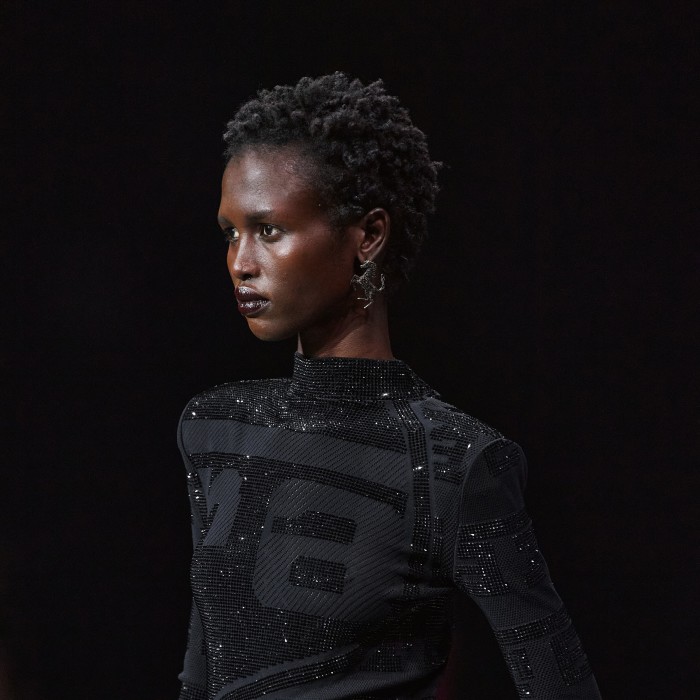
Those anticipating logo-emblazoned jackets, Ferrari-stamped red leathers, or any of the high-visibility branded fashion that they may be used to seeing in the pit lane might be surprised by what comes down the catwalk. The collection is quite muted, the logos kept in check. Yes, there is a scarlet-coloured jumpsuit but it comes in soft silk, and the iconic prancing horse symbol is very much contained within a subtle, though graphic, print.
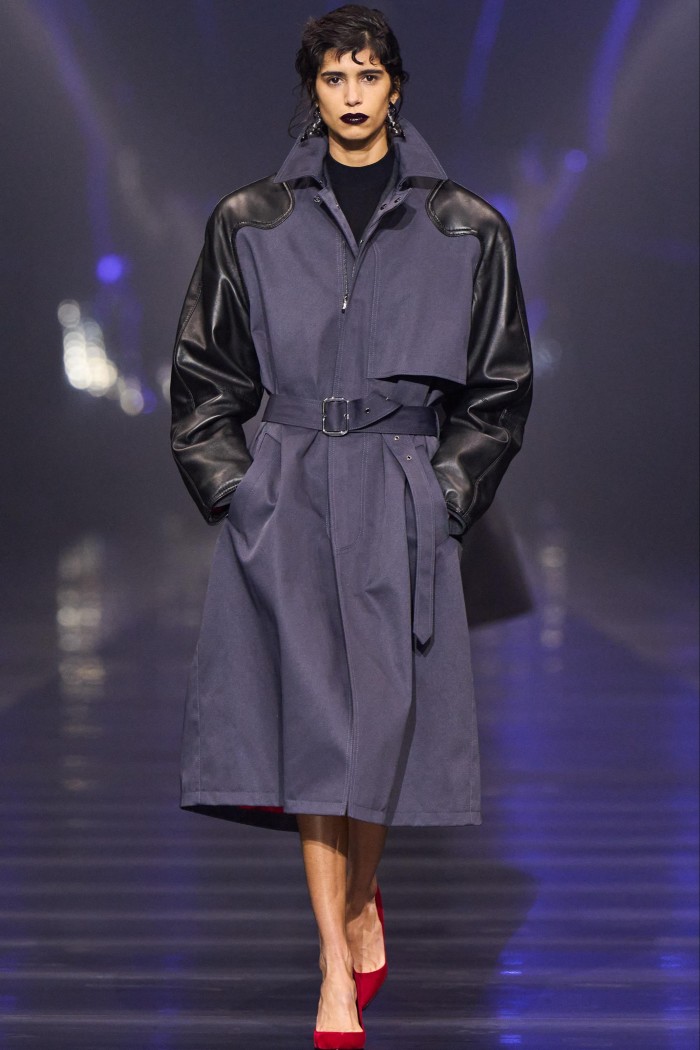
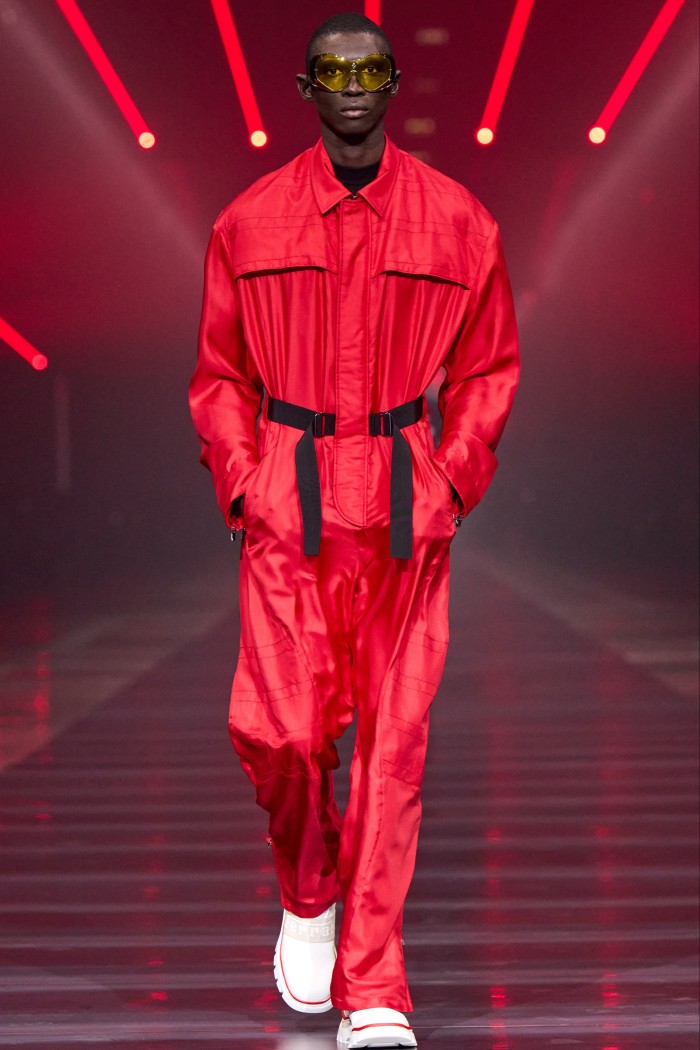
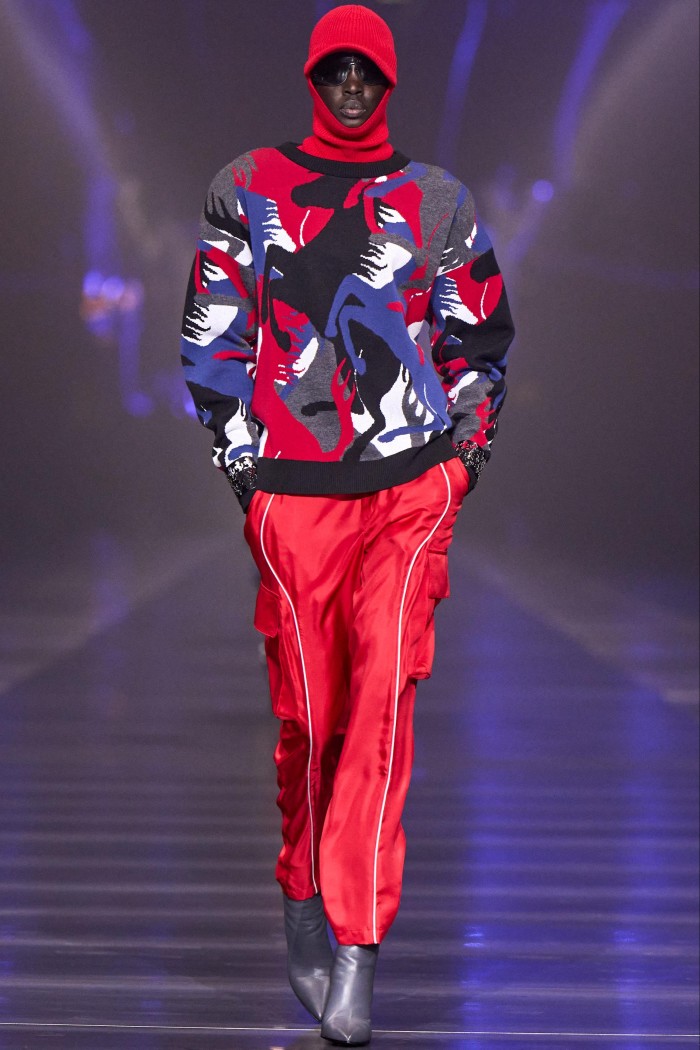
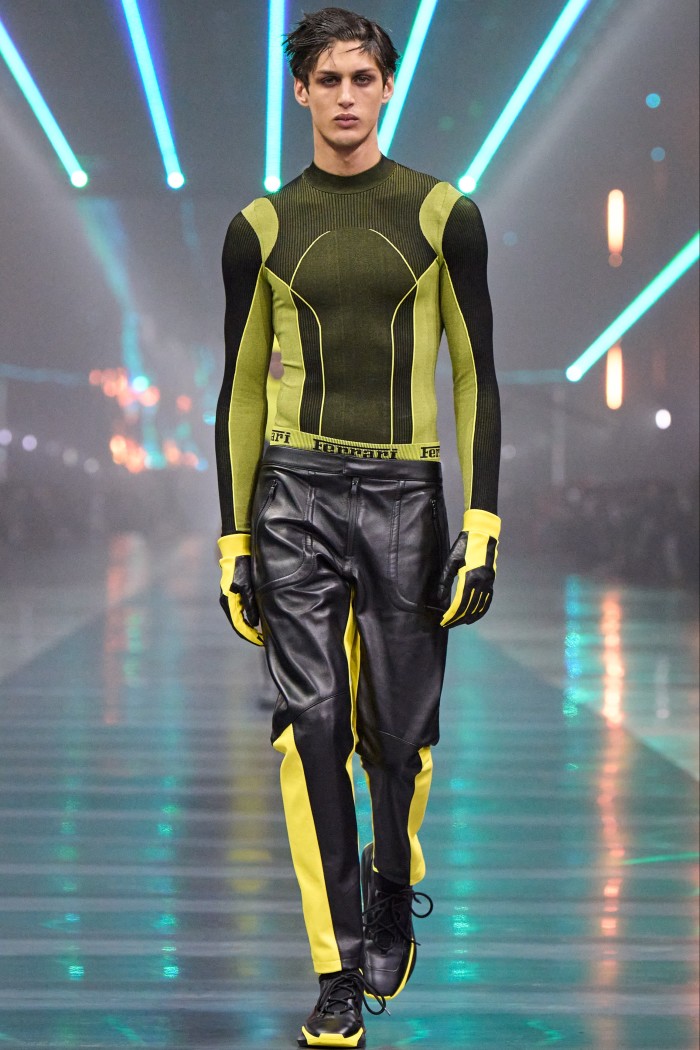
The car manufacturer’s move into high fashion signals an industry-wide desire to cash in on the lucrative world of lifestyle branding. This isn’t another range of car merch, filled with £40 baseball caps. It’s a strategy to entice more women into the world of Ferrari, where a recycled-nylon blouson and a printed dress each cost into the region of four figures. Ferrari has even closed down more than half its licensing deals to help manoeuvre this high-fashion offering into a different consumer realm.
“Our fashion line allows us to express the values of the brand, its power and its impact on society through fashion,” says Rocco Iannone, the 38-year-old designer who has been Ferrari’s creative director since 2019. “Ferrari’s symbols have been seen over time in cinema, music, gaming and contemporary art. Representing all this heritage through a lifestyle project allows us to bring our brand admirers closer to our universe. The fashion project intends to involve a wider fan base, ranging from Gen Z to millennials, with a focus on women. This doesn’t mean our car customers are excluded from the conversation. But Ferrari is not simply a car brand. We are a universal icon that represents so much more.”

Ferrari isn’t alone in this move: luxury car makers ranging from McLaren to Bugatti are finding ways to diversify into new sectors, from high-end luggage to designer fashion. Aston Martin co-designs a clothing line with British menswear brand Hackett, while Bentley partnered with Breitling on unique timepieces for nearly 20 years.
Porsche is perhaps the most prolific collaborator. “We’re currently working very deliberately to position our brand as more relevant for new audiences,” explains Deniz Keskin, Porsche’s head of brand management and partnerships, as to why the car maker feels the need to engage with projects like this – even at a time when Porsche has had its most successful year in history, delivering 301,915 vehicles to customers worldwide: an increase of 11 per cent compared with 2020.
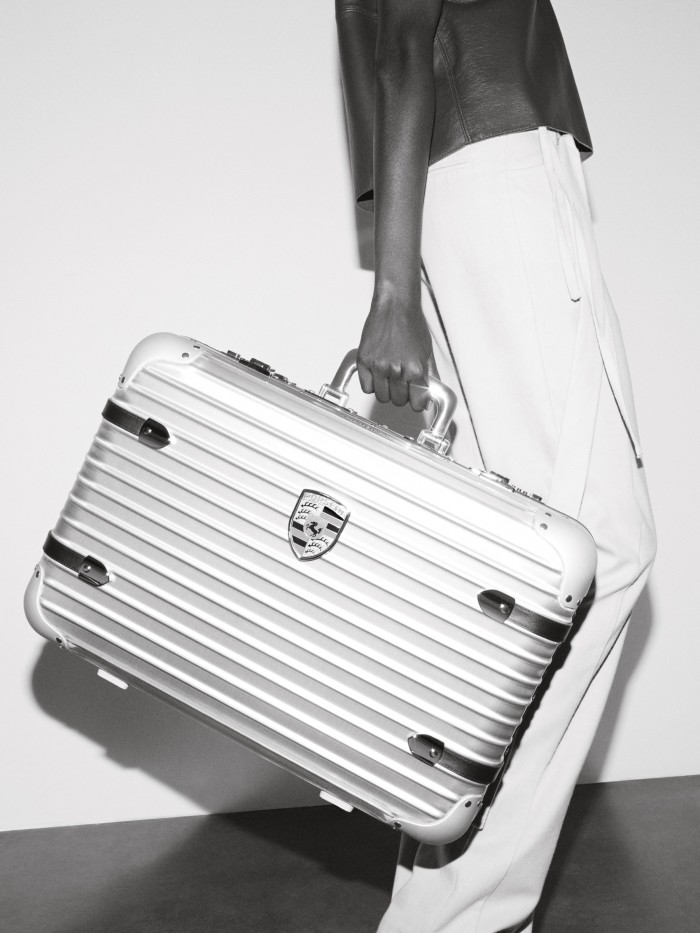
“I have the luxury that I can really think of the long-term development of Porsche as a brand, and you have to invest in the next generation of buyers,” says Keskin. “You have to connect to their passion points – fashion, lifestyle and that whole world of creativity.”
In September last year, the brand paired up with French fashion house L’Art de L’Automobile on a specially redesigned Porsche 968; it has also teamed up with TAG Heuer and BOSS. The most recent collaboration is with Rimowa on a new collector’s hand-carry case, of which only 911 pieces have been produced.
For Rimowa’s chief marketing officer, Emelie De Vitis, this new case is a natural progression for both brands. “Their ethos is form and function in perfect harmony, which is completely in line with our own approach,” she says. As with Keskin, De Vitis says the power of this new project lies in alignment rather than sales: “This is about two iconic German brands coming together to celebrate shared values. I’m sure we could have sold a lot more cases, but we wanted to keep this very special.”
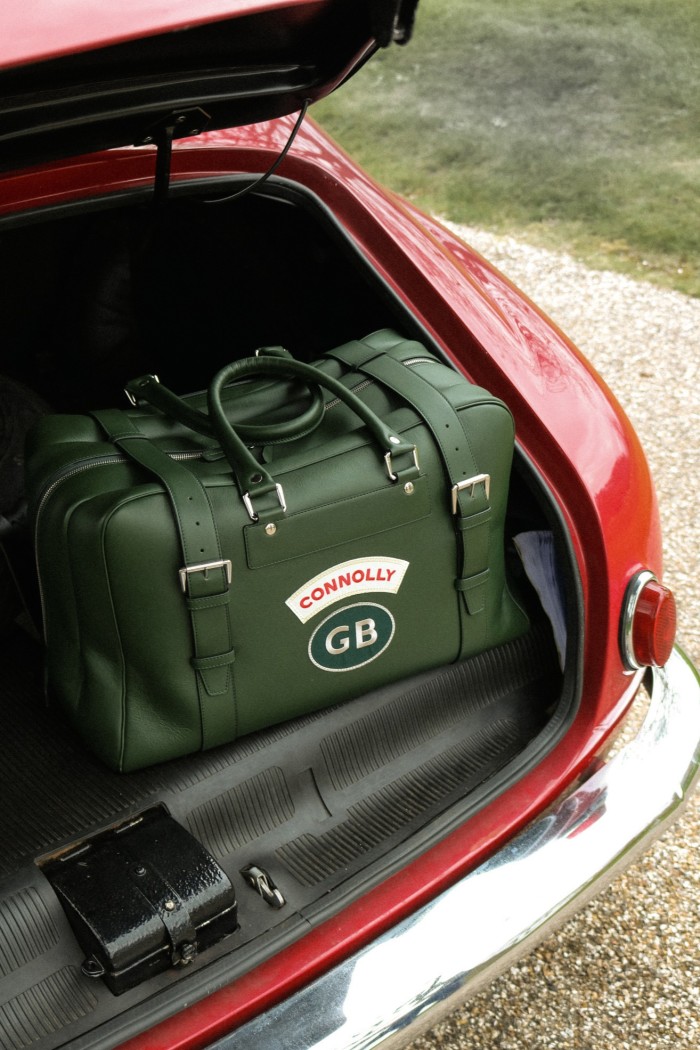
It’s easy to be sceptical about wearing a Ferrari jacket, but to Dr Paul Marsden, a consultant consumer psychologist from insights agency Brand Genetics, there’s a definite appeal for certain consumers. “From a psychological perspective, luxury cars and luxury fashion are functionally the same – they signal status, taste and desirability,” he says. “This means it’s only a small brand stretch for Ferrari to move into luxury clothes and accessories. By wearing Ferrari now, the principle of cognitive consistency means that you may be more likely to buy a Ferrari tomorrow. Psychologically, Ferrari fashion acts as a gateway for Ferrari cars.”

The same applies to Porsche’s clothing collaboration with BOSS, which recently recruited the American rapper Future to front its campaign. The two brands have collaborated on a contemporary menswear capsule since 2019, but this is the first season that a celebrity has been enlisted. “We felt that we shared the same ambition,” says Keskin. “We have a shared love for design and functionality with all our collaborators, including BOSS, which makes it easy to tell our story in a coherent way.”
The automotive industry’s moves towards luxury goods seem to be much more about brand storytelling than muscling into different categories. By engaging with a broader, often younger pool of consumers, car makers are using luggage and fashion to sow the seeds for a future generation of petrolheads (albeit one that will most likely be driving hybrid or electric cars). Given that 1.55bn people watched the 2021 Formula 1 Season, it’s a large, and potentially lucrative, market.
“Luxury car brands will get this right when they create products that share positive brand associations,” adds Marsden. “It’s that simple.” Perhaps, then, Ferrari’s decision to race into fashion isn’t such a strange idea after all.




Comments